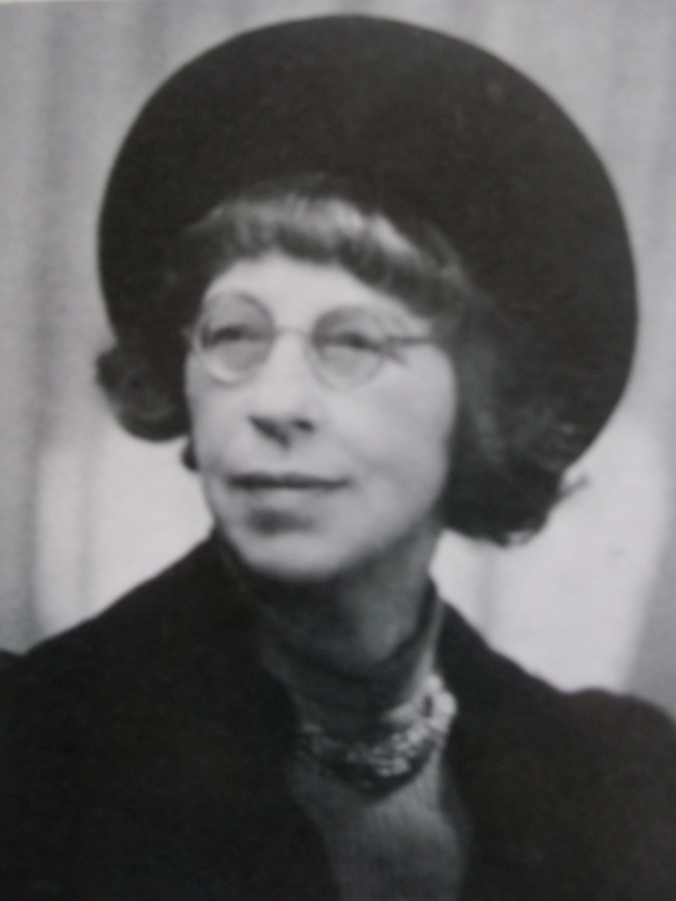Welcome to the third and final round. I wouldn’t expect anyone in their right mind to know the answers to these questions, but please do feel free to have a go, and I hope the quiz has provided some amusement along the way.
1. At a match between the United South and an 18 of Northampton in 1873, W.G. Grace, urged on by his brother E.M. (“If you don’t go and give him a good hiding, I shall”) laid into a spectator “with sledgehammer blows” and blacked both his eyes. What was the man’s offence?
a) He’d accused him of cheating?
b) He’d told him he needed a shave?
c) He’d complained he was taking too too long to get back on the pitch after a rain break?
2. The earliest, and perhaps most physically dangerous, of England’s fast bowling partnerships was between “Foghorn” Jackson and “Tear’em” Tarrant. Tarrant’s nickname was self-explanatory, but what was the source of Jackson’s?

Foghorn

Tear’em
3. What did George “Dickie” Wooster, for many years a stalwart of Kettering CC, have in common with Samuel Beckett?
4. The autobiography of which late-20th century Australian Captain begins by saying “I should be bitter, but I am not” and contains chapters entitled “Sacked” – “Fleeced” – “Still kicking” – “Skinned alive” – “Slaughtered” and “A Nasty business”?
5. Whose wife? An Australian society beauty “artistic in nature and noted for her fine singing voice” she married her husband, a well-known English cricketer, while he was on tour in Australia. Unfortunately, an “irreverent and indecent crowd” surged into the church before the service, occupied every possible vantage point “including the pulpit” and stole all the floral decorations as souvenirs.

6. Which team is this a description of?
“…… were genuinely hated. Apparently this stemmed from the time … when they beat everyone in sight and then went on to cause havoc off the ground. Some of the things they were supposed to have done defy description, and I also heard about fantastic brawls in pubs and hotels.”
a) The Yorkshire side of the 1920s and 30s?
b) The Australian side of the early 1970s?
c) The Surrey side of the 1950s?
7. Fast bowler Cyril Eales was sacked as a professional by Northants after hitting “the fiery Irish baronet” Sir Timothy O’Brien several times in an over at Lord’s and responding in kind when Sir Timothy instructed him to “Pitch the buggers up, Man!”. But what happened next?
a) He carried on playing for Northants as an amateur instead?
b) Sir Timothy took pity on him and offered him a job as a chauffeur?
c) He tried to burn Sir Timothy’s townhouse down in revenge?
8. Which Northamptonshire amateur of the 1940s played 3 Test matches, was one of the last men in England to be sent to prison for performing abortions and was later awarded the OBE?
9. The famously pugnacious A.N. “Monkey” Hornby (“of long ago”) once pursued a miscreant around Old Trafford until he eventually “cornered him in the Ladies’ Pavilion and gave him a good thrashing”. But who was the man and what was his offence?
a) A student who had released a monkey into the outfield as a prank?
b) A thief who had broken into the dressing room and stolen his watch?
c) A local newspaper journalist who had made some criticisms of his captaincy?
10. The rightful owner of this Sind Cricket Association cap from 1973

was an International Man of Mystery, who toured Australia with India in 1970*, but also popped up playing for another country in 1980. Which was that country? [*Thanks to Jonathan for pointing out that not only was there no World Cup in 1980, there was no Indian tour of Australia in 1970 either. I am reasonably confident, however, that this elusive character did, at some point, appear in an Indian squad of some description, without getting on to the pitch in a Test Match. Well, I did say he was a Man of Mystery.]
11. The minutes of which cricket club for a meeting of late August 1796 recorded the presence of “Mr. Thomas Paine, author of The Rights of Man”?













